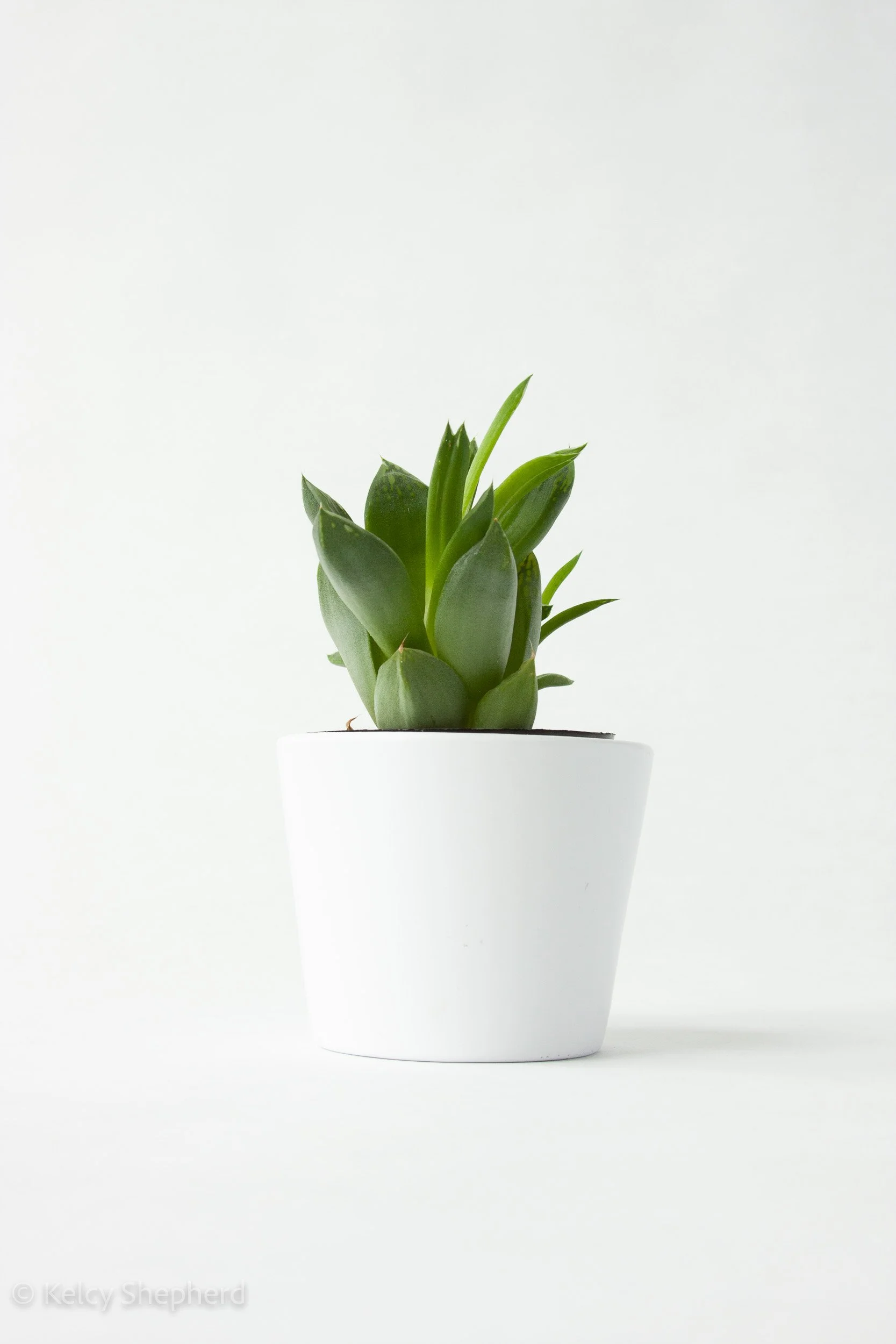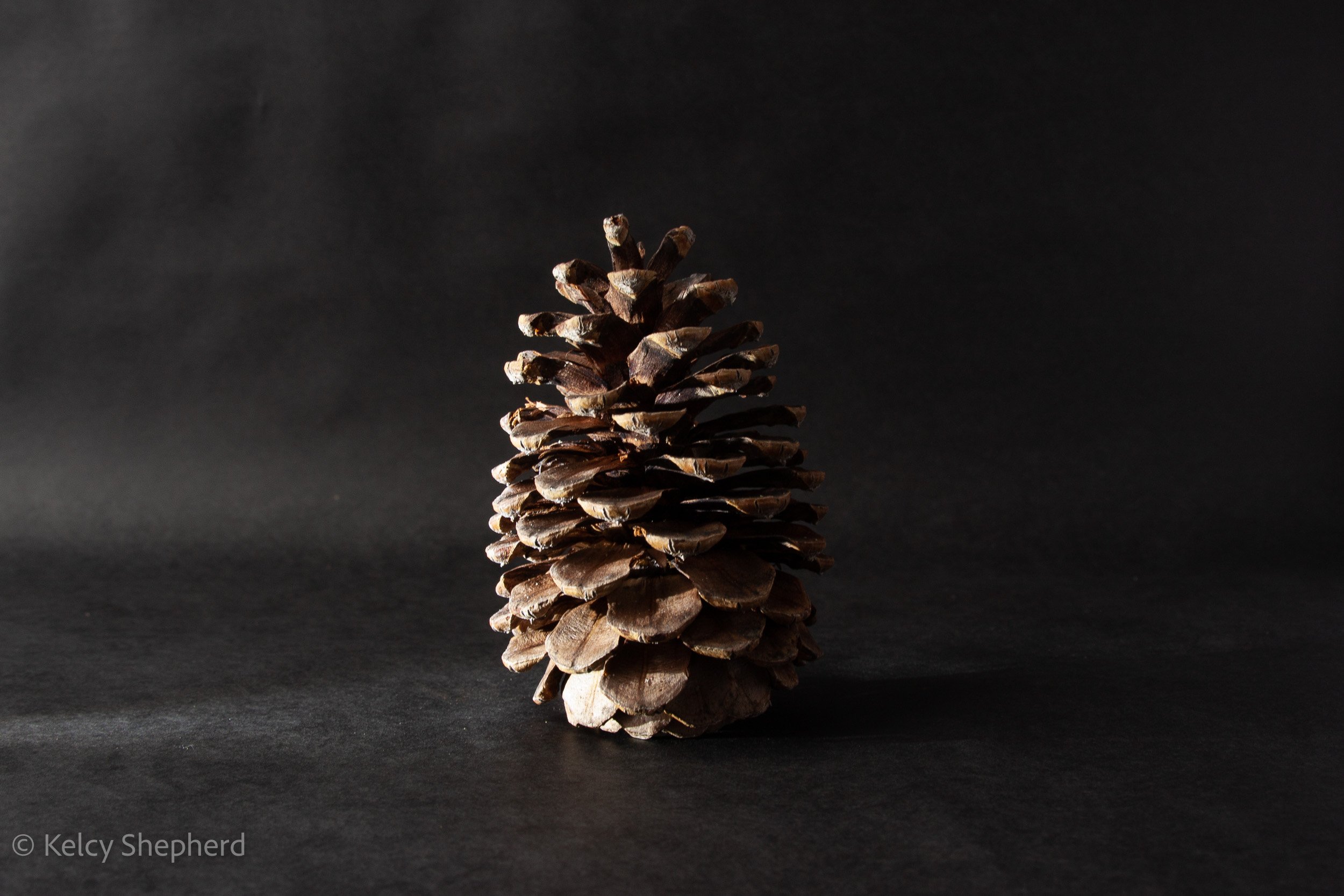assignment 7. discovering light
Painted pinecones. (High key image.) Photo by Kelcy Shepherd. 1/20s f3.5 ISO 200 28mm
Pinecone. (Low key image.) Photo by Kelcy Shepherd. 0.3s f8 ISO 200 28mm
Paperwhite bulbs. (Front lighting.) Photo by Kelcy Shepherd. 1/40s f3.5 ISO 200 28mm
Paperwhite bulbs. (Side lighting.) Photo by Kelcy Shepherd. 2.5s f8 ISO 200 28mm
Pussy willows. (Back lighting.) Photo by Kelcy Shepherd. 2.0s f8 ISO 200 28mm
Pinecone. (Top lighting.) Photo by Kelcy Shepherd. 0.8s f8 ISO 200 28mm
Pussy willows. (Texture.) Photo by Kelcy Shepherd. 1/4s f8 ISO 200 28mm
Pinecone. (Concentrated light.) Photo by Kelcy Shepherd. 0.5s f8 ISO 200 28mm
Pinecone. (Diffused light.) Photo by Kelcy Shepherd. 1.0s f8 ISO 200 28mm
Calla lilies. (Light painting.) Photo by Kelcy Shepherd. 2s f13 ISO 200 28mm
reflection
I did this shoot next to a large window on a very stormy day, and by the time I was nearing the end it was perfect timing to do the light painting. Not being able to control the light source was a challenge. Since it was a stormy day sometimes there was more light and sometimes less, but the fact that it wasn’t direct sunlight helped make the quality and color of the natural light a little more consistent throughout the day.
I used a white card to get my white balance and gray card to get exposure, and retook my white balance twice through the shoot — I probably should have done it more frequently. To me the front lighting photo looks like the white balance could have been better, and the side lighting shot has a different light character because as it got darker the interior ambient light that is warmer cast a different tone. I also think the backlighting shot could have been stepped down to get a darker background, but I do like how the backlighting worked with the pussy willows. (Side note: Setting a custom white balance would have been really helpful with my depth of field assignment — the poor sloths in those shots look like they’re in a drab world.)
I started with a lower f stop, and should have stuck to that. The earlier shots with f3.5 have a more uniform background than the ones with f8. It’s possible that part of it is the difference between the white paper and the black, but the shorter focal length would have definitely helped. Stepping those photos down one or two stops might have made a difference as well. I didn’t really notice the difference between the white background and the black until I put everything side by side on the website. If I’d had time that would have been worth reshooting, but I was away part of the week so had to do everything in one day. I’ll remember that in the future when trying to photograph specific objects with a background.
I enjoyed the light painting part of the assignment a lot. There was a mystery and trial and error that was fun to experiment with. As for controlling lighting and seeing what adds a special quality to a scene, I started to really see that as the natural light waned and I had control over every light source I was using as opposed to ambient light plus directed light. I’ll be interested to see what new lighting challenges come into play with a still life scene.
extras
Haworthia. (High key image.) Photo by Kelcy Shepherd. 0.4s f8 ISO 200 35mm
Silver bracelets. (High key image.) Photo by Kelcy Shepherd. 1/4s f8 ISO 200 35mm
Pinecone. (Side lighting.) Photo by Kelcy Shepherd. 0.6s f8 ISO 200 28mm
Paperwhite bulbs. (Light painting.) Photo by Kelcy Shepherd. 2.5s f8 ISO 200 28mm





